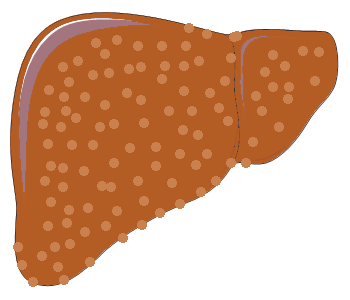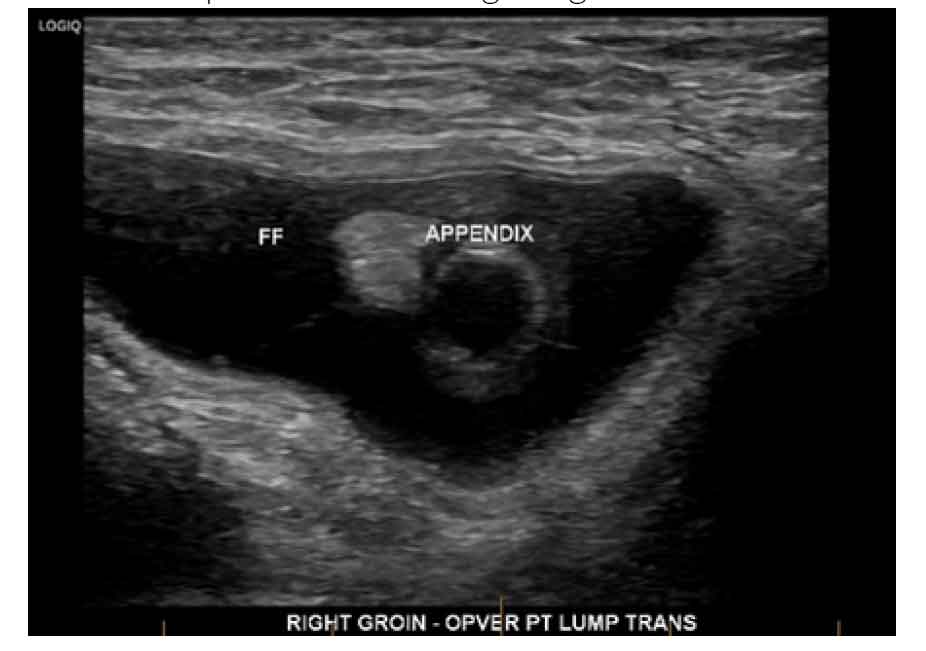
…
14th November 2023, A/Prof Chee L Khoo

Obesity is a recognised risk factor for cardiovascular disease (CVD). We are all used to treating cardiovascular risk factors such as hypertension, dyslipidaemia and diabetes in an attempt to reduce CV events. We should also treat the obesity, shouldn’t we? Logically, weight reduction should lead to reduction in CV events but, unfortunately, lifestyle changes and pharmacological interventions to reduce obesity have not been shown to improve cardiovascular outcomes (1-5).…
12th November 2023, Conjoint Assoc. Prof Chee L Khoo
It is pretty standard for us to treat an infective exacerbation of COPD with antibiotics and a shot of oral corticosteroids, usually oral prednisolone for 5-7 days. Almost all of them seems to get better with that regimen. Or do they? We explored when to use and when not to use inhaled corticosteroids (ICS) in COPD in the September 2023 issue.…
12th November 2023, NIA Diagnostic Imaging

Epigastric pain has to be one of the most common presenting symptoms in primary care. The differential diagnoses include cholelithiasis and cholecystitis. With increasing prevalence of obesity and type 2 diabetes, the prevalence of gallbladder disease is also increasing. Often, abdominal ultrasound can confirm or exclude gallbladder disease but sometimes, the results are inconclusive or we suspect additional bile duct obstruction.…
2nd November 2023, Spectrum Medical Imaging

There is still many cases of Covid-19 infection sprouting here and there. We are now seeing patients with ongoing cough and we sometimes suspect long Covid amongst them. A high resolution CT (HRCT) of the chest is a CT technique in which thin-slice images of the chest are obtained and post-processed in a high-spatial-frequency reconstruction algorithm.…
30th October 2023, Dr Chee L Khoo

When we think about precision medicine, we usually think about some fancy, expensive genetic tests that can help us determine ahead of time who is at risk of some serious diseases. This may allow us to target these patients early and reduce morbidity and mortality. There is connotation that only the rich in rich countries can afford these tests and once again, patients in low and middle income countries (LMIC) will miss out on these state of the art expensive tests.…
28th October 2023, A/Prof Chee L Khoo

It’s all deja-vu again. In January, we discussed the name change from NAFLD to MAFLD. We also discussed how the metabolic dysfunction fatty liver disease (MAFLD) nomenclature and definition were not quite universally accepted internationally. Somehow, we knew that MAFLD was really a temporary placeholder. And indeed, it was and many international bodies have got together since then and put together a consensus nomenclature for metabolic dysfunction associated steatotic liver disease or MASLD (pronounced MASL-D).…
11th October, 2023, NIA

Deep vein thrombosis (DVT) is a medical condition associated with significant morbidity and mortality. It is vital that a rapid diagnosis can be acquired since DVT can result in severe complications including the development of pulmonary embolism (PE). The consequences of PE can be life-threatening. About 10% of PEs are fatal and 5% will cause death later despite diagnosis and treatment.…
11th October 2023, Dr Chee L Khoo

Aspirin is commonly used as an anti-platelet agent for the prevention of acute coronary syndromes and cerebrovascular accidents. Its role in secondary prevention is well established but its role in primary prevention remains very complicated and very debatable. There is no question that aspirin is definitely beneficial in reducing events especially in patients at high risk of cardiovascular events.…
11th October 2023, Dr Chee L Khoo

Current U.S. dietary guidelines do recommend higher intake of omega-6 polyunsaturated fatty acids (n-6 PUFA) to reduce the risk of coronary heart disease (1,2). This pro-Omega-6 fatty acid stance remains rather contentious. While there is data supporting cholesterol benefits of linoleic acid (LA), the predominant dietary n-6 PUFA and higher dietary n-6 PUFA (predominantly LA) is associated with lower CHD risk in prospective cohort studies (3), not all cohort studies have confirmed these benefits (4).…
28th September 2023, Spectrum Medical Imaging

A groin swelling has to be one of the most common pathology that affects the groin area. Of course, we will all be looking out for hernias. There are all sorts of hernia in the inguinal or groin area. This week, we explore the case of a Amyand Hernia. What is an amyand hernia?…
28th September 2023, Dr Chee L Khoo

Five years ago, we previewed the arrival of the twincretins. These are agents which contain both incretins, GLP1 and GIP. Back then, agent LY3298176 was shown to cause significant weight loss and reduction in glucose. Two years ago, agent LY3298176 finally had a name – tirzepatide. Two years ago, we looked briefly at the clinical trials comparing tirzepatide with various glucose lowering agents.…